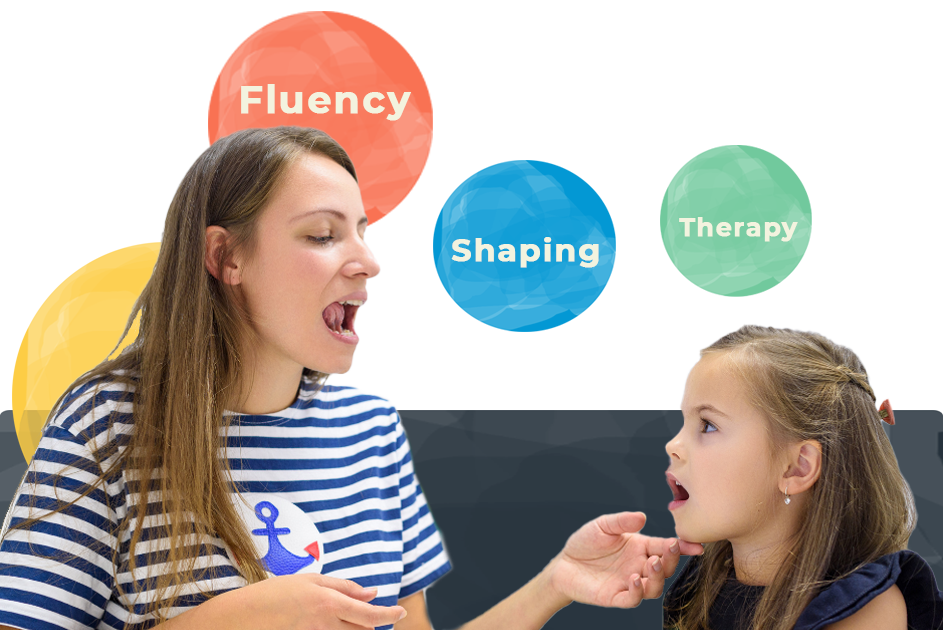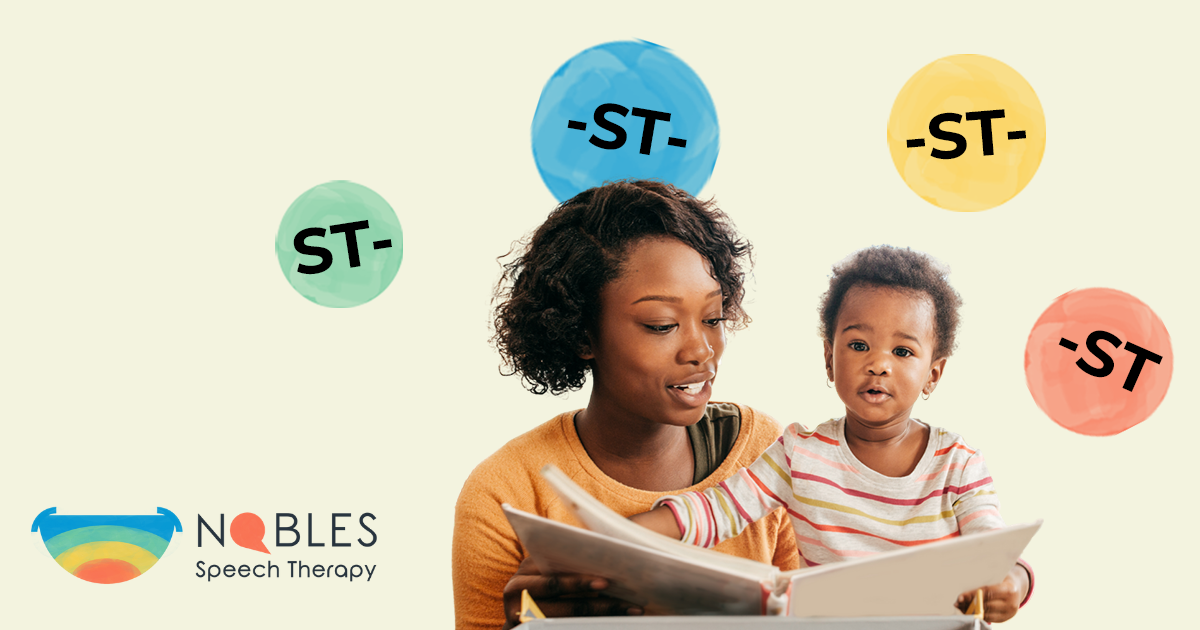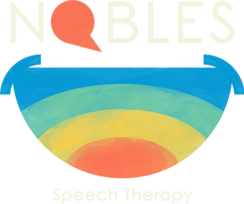Share this page:

Fluency shaping is a speech therapy treatment that can often improve the speech of those affected by stuttering. Though not all stuttering is curable, many people can see improvement when using this stuttering treatment.
What is Fluency Shaping?
Fluency shaping is not a single method or technique but a series of techniques that help improve speech fluency. Speech fluency is the ease with which you can produce syllables, words, sounds, and phrases in a fluid manner. It relies on various factors like the rate of speaking and the amount of effort you put into the sentence you are saying.
When first used, fluency shaping did not focus on the emotions and attitudes of people who stutter and how that impacts their speech. That's since changed, partly due to research that found fluency shaping therapy works best alongside other techniques.
Fluency-shaping treatment does not teach a person to confront the breaks from the natural flow of speech, or disfluencies, for speech modification, something that many speech-language pathologists teach their patients to do. That, and this therapy doesn't focus on feelings or attitudes surrounding stutter, makes it a very different treatment option than others.

What Are Fluency Shaping Goals?
Also called "talking more easily," this therapy aims to replace stuttered or dysfluent speech with more fluent speech. To achieve this, fluency shaping strategies focus on teaching a person that stutters new speaking patterns to achieve better overall fluency.
What Techniques Are Used in Fluency Shaping?
Many
fluency shaping techniques exist. The primary methods used often include:
- Improving vowel prolongation
- Breath management
- Easy phrase initiation
- Light contacts on consonant sounds
- Slowed stretched speech
- Smooth movement
- Stretched speech
Many examples exist of how these therapies may work. Here is a look at some of those methods.

Slowed Speech
Sometimes called
stretched syllable technique, this method focuses on achieving very deliberate and slow speaking. That typically means aiming for no more than 40 to 60 syllables per minute. To do this, children learn to break each word down into syllables. Then, they work on stretching out each of those syllables to last a full two seconds. This is an unnatural speech pattern and can be hard to do. However, once the student masters this, they can speed up their speech rates to achieve as many as 150 syllables each minute, which is the typical rate for standard fluency.

Breath Management
Though numerous methods of breath management are used, most breath management techniques aim to stop the current poor breathing
techniques many children develop over time. These poor habits develop as a child tries to block their repetitions of many years. Some indication that this may be necessary occurs when a child seems to be gulping for air or has quick, very shallow breaths.
One of the methods of improving breathing is called diaphragmatic breathing. To achieve this, the child places one hand on their chest and the other on their stomach. The jaw, mouth, throat, and neck all relax as they breathe. Then, when they breathe in, they aim to feel their stomach rise to the fullest level possible. As they breathe out, they should feel their stomach fall.
This method helps to teach a child how to breathe correctly and relax fully during the process. Diaphragmatic breathing helps improve speech by eliminating many breathing concerns that limit success and cause added tension.
What Is the Likely Outcome of Using Fluency Shaping?
Fluency shaping may help improve stuttering for some children and may be more effective than other types of speech therapy alone. There is some risk of stuttering relapse, but many see continued improvement over time. Although. some people also report that their speech patterns feel unnatural.

Fluency Shaping vs. Stuttering Modification
There is a difference between these two methodologies. Typically, stuttering modifications focus on working specifically with stuttering by increasing awareness of stuttered speech. They may also involve reducing physical tension and changing moments of actual stuttering. These methods help people to stutter with more ease or in a more relaxed way. They can be very beneficial in helping children to decrease sensitivity to their stuttering and to reduce any negative reactions to it. When this type of therapy is utilized, it may help a child feel more open and accepted even with their stuttering.
That's significantly different from what is expected from a fluency-shaping strategy.
Fluency shaping strategies focus on voice production, articulation, and speech rate. Here, the goal is to improve
fluency disorders, creating a more fluent speech for the individual.
Why Focus on Fluency Shaping?
One of the primary differences in fluency shaping is that it significantly improves the child's fluency to create better speech. When the child has a more fluent speech pattern, it can lead to greater confidence and help reduce negative reactions. It may also promote even more fluency due to their ability to be confident speakers.
Do You Only Need Fluency Shaping?
It's best to work closely with professionals who can offer a customized evaluation. Yet, many school-aged children benefit from fluency-improving strategies and stuttering modifications. Both treatments can be applied simultaneously and, in many cases, offer the best results for the student. Both methods are applied often and lead to stronger fluency skills while directly modifying speech stuttering. This allows the child to have better overall control over their speech.
The utilization of fluency shaping may provide improvements to many people who have struggled with other methods. While it may not be as beneficial used on its own, it can be incorporated into other therapies that aim to improve overall speech quality.
Help Your Child Achieve Their Milestones and Their Potential
Learn more about fluency shaping and other therapies to improve stuttering
Share This Page:

About the Author
Myles Nobles is a pediatric speech pathologist in Laurel, MD. With patience and a friendly demeanor, he helps children from all walks of life develop independence, greater confidence, and social well-being by improving speech and language. Treatment plans address developmental, articulation, fluency, and other crucial language skills impeded due to autism and other challenges.




